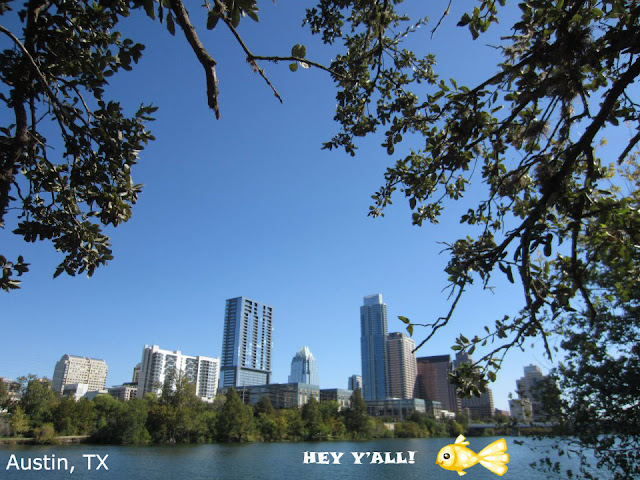The lovely and talented Laurel Garver is taking over the blog today! She's going to talk about one of my favorite topics, setting, and how she worked with it in her novel Never Gone.
Setting is a key element of my novel,
Never Gone, about a teen who is grieving the death of her British father, and must somehow build a life with her workaholic American mother. Danielle’s trip from the US to England becomes a catalyst for her to get to the bottom of family secrets. Setting also undergirds the story flow, as one of my reviewers on Amazon picked up: "From the sky-scrapers of New York, to the hills of England, Garver brings you on a lyrical journey that rolls with highs and lows, full of valleys of tenderness."
Thanks, Melissa, for the opportunity to talk about how I chose some of my settings and used a mix of research and imagination to bring them to the page.
The opening of Never Gone is set in New York City. Why not Philadelphia, since you live there?
My story decisions usually develop out of the characters, rather than the other way around. As I got to know my protagonist Dani’s parents, Graham and Grace, it became clear that no other place would work for them. Grace is a driven advertising executive who would never settle for working outside Madison Avenue. Making a living as a professional photographer—which is Graham’s career—requires proximity to the most potential purchasers of this kind of service, like ad agencies.
Honestly, though, New York City is only two hours away, and we have friends there who’ve been a great help answering my questions about family life in the city. I did five trips (combined with family fun) to chose Dani’s neighborhoods and gather sensory details.
How much are your New York locations real, and how much a fabrication?
Dani’s homes in Park Slope Brooklyn and the Upper West Side are based on real buildings. I was able to find real estate listings for her UWS high rise, including floor plans, which I adapted slightly.
Dani’s school Rexford Academy is a fabrication based roughly on a private school on 91st, though I place it in the West 70s. Her church is riff on All Angels in the Upper West Side, mixed with several Anglican/Episcopal churches I’ve visited in the US and Britain.
I think it’s important to make your fabrications realistic by drawing details from real places.
A majority Never Gone takes place in a rural English village, Ashmede. How did you choose the location? How real are your British settings?
I wanted the time that Dani spent in her late father’s hometown to challenge her strong identification with him. The setting had to be a big contrast from her very American, very urban home, so her dad is not only foreign, but rural.
I’d originally planned to set the story in the Cotswolds in the southwest near Wales, where I lived for a semester in college. But while I was researching and drafting, friends invited us to visit them in Durham, which is up north. When I discovered that folks from northern Britain face deep prejudice in the south, it made Graham’s back story even more compelling. He’d have a hard time breaking into photography in London because of his accent, and would more easily find work in the US. Americans don’t understand or really even hear regional differences among British dialects.
So that visit turned into a major research trip. I invented Ashmede (a popular name for streets, but no village bears it) from places I visited then, and a North Yorkshire village I stayed in during spring break as a student. Durham Cathedral, a real location I fell in love with on my research trip, is the backdrop for several chapters. I also set a chapter at Kings Cross Station, where all the northbound trains leave London. It worked nicely on a couple of levels, including Dani’s love of Harry Potter.
What advice would you give other writers about setting?
Remember that where you come from shapes who you are. Start with your character and do your best to follow logically where such a person would come from and where he or she would naturally chose to go from there.
Second, there is no substitute for real, on-the-ground research. Even if you choose to invent a town like I did, you need authentic details from that geographic area. What is the weather like? What unique topographical features (mountains, forests, deserts, etc.) affect daily life? What is local cuisine and how does it taste? How does the area typically smell and sound? Is the culture informal and inviting or uptight and suspicious? What do the locals do for fun? What slang expressions are typical? You can’t get any of that information from Google street view.
===
Laurel Garver is the author of the
Never Gone, a young adult novel about a grieving teen who believes her dead father has returned as a ghost to help her reconcile with her estranged mother.
Add it on
Goodreads. It is available at
Amazon.com,
Amazon UK,
Barnes and Noble,
Kobo,
Smashwords,
CreateSpace.
























